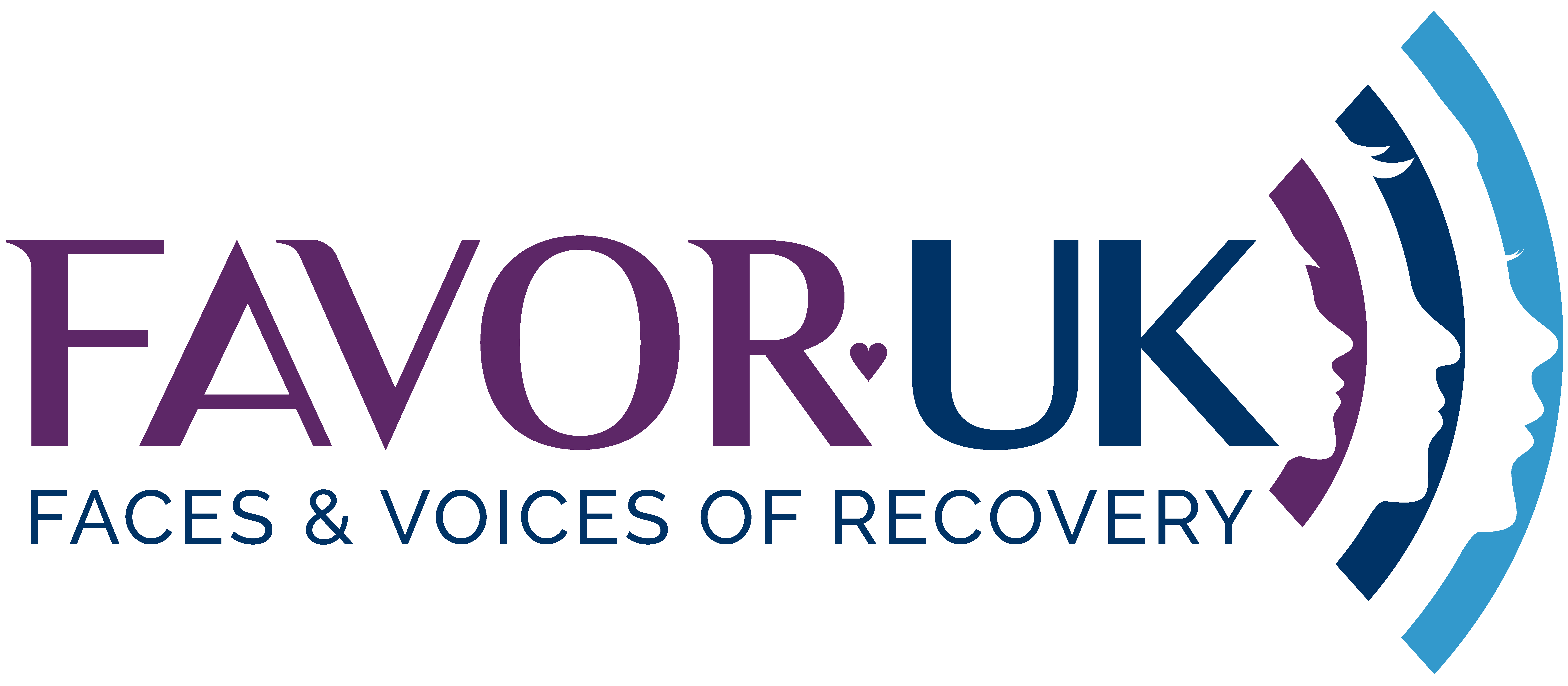Buprenorphine is used in medication-assisted treatment (MAT) to help people reduce or stop the use of heroin or other opiates. It has been available in Europe as a treatment for heroin/opioid dependence since 1996.
Buprenorphine is an opioid-receptor partial agonist (it has opioid agonist and antagonist properties). Buprenorphine is preferred by some patients because it is less sedating than methadone; for this reason it may be more suitable for employed patients or those undertaking other skilled tasks such as driving. Buprenorphine is safer than methadone when used in conjunction with other sedating drugs, and has fewer drug interactions. Dose reductions may be easier than with methadone because the withdrawal symptoms are milder, and patients generally require fewer adjunctive medications; there is also a lower risk of overdose.
Treatment of opioid dependency with buprenorphine is most effective in combination with counseling services, which can include different forms of behavioral therapy and self-help programs. When taken as prescribed, buprenorphine is safe and effective.
Taking buprenorphine
Buprenorphine tablets come in 0.4 mg, 2 mg, 8 mg and 16mg doses and are taken under the tongue. The tablet has a bitter taste, it takes 5 – 10 minutes to dissolve and is absorbed straight into the bloodstream from your mouth (the tablets do not work if you swallow them into your stomach). It is usually prescribed as a once-daily dose. Your dose of buprenorphine will usually be between 12 mg and 16 mg, although some people need higher or lower doses. You can normally reach a stable dose of buprenorphine in 1–3 days.
Buprenorphine is effective and can be taken safely for long periods of time. At the right dose, it should stop you feeling withdrawals and you shouldn’t crave heroin/opioids as much.
How Buprenorphine works
Buprenorphine helps:
- Diminish the effects of physical dependency to opioids, such as withdrawal symptoms and cravings
Buprenorphine is an opioid partial agonist. This means that, like opioids, it produces effects such as euphoria or respiratory depression. With buprenorphine, however, these effects are weaker than those of full drugs such as heroin and methadone.
Buprenorphine’s opioid effects increase with each dose until at moderate doses they level off, even with further dose increases. This “ceiling effect” lowers the risk of misuse, dependency, and side effects. Also, because of buprenorphine’s long-acting agent, many patients may not have to take it every day.
What’s true
Buprenorphine helps you think and function normally. It is legal and taken under a doctor’s care. It is NOT just another drug to abuse.
Buprenorphine is produced under safe conditions and sold legally. There is no risk of getting tainted doses, which can happen with street drugs. Also, risk of overdose on this medication is very small.
You can stop taking buprenorphine when you are ready. You can become dependent on buprenorphine, as with many medications taken over time. For this reason, if you wish to stop taking buprenorphine, you should work with a substance abuse treatment provider to taper off. This prevents withdrawal symptoms from appearing.
Side effects of Buprenorphine
Side effects can include:
- sweating
- nausea, vomiting and constipation
- Cravings
- aching muscles, joints and cramps
- fluid retention
- headaches
- Inability to sleep, irritability.
Buprenorphine Safety
People should use the following precautions when taking buprenorphine:
- Do not take other medications without first consulting your doctor.
- Do not use illegal drugs, drink alcohol, or take sedatives, tranquilizers, or other drugs that slow breathing. Mixing large amounts of other medications with buprenorphine can lead to overdose or death.
- Do ensure that a physician monitors any liver-related health issues that you may have.
Returning to treatment?
If you’ve been on buprenorphine or buprenorphine/naloxone before and experienced difficulty, you should discuss this with the doctor. It may be that you were on too low a dose last time, or this may not be the medication for you.

